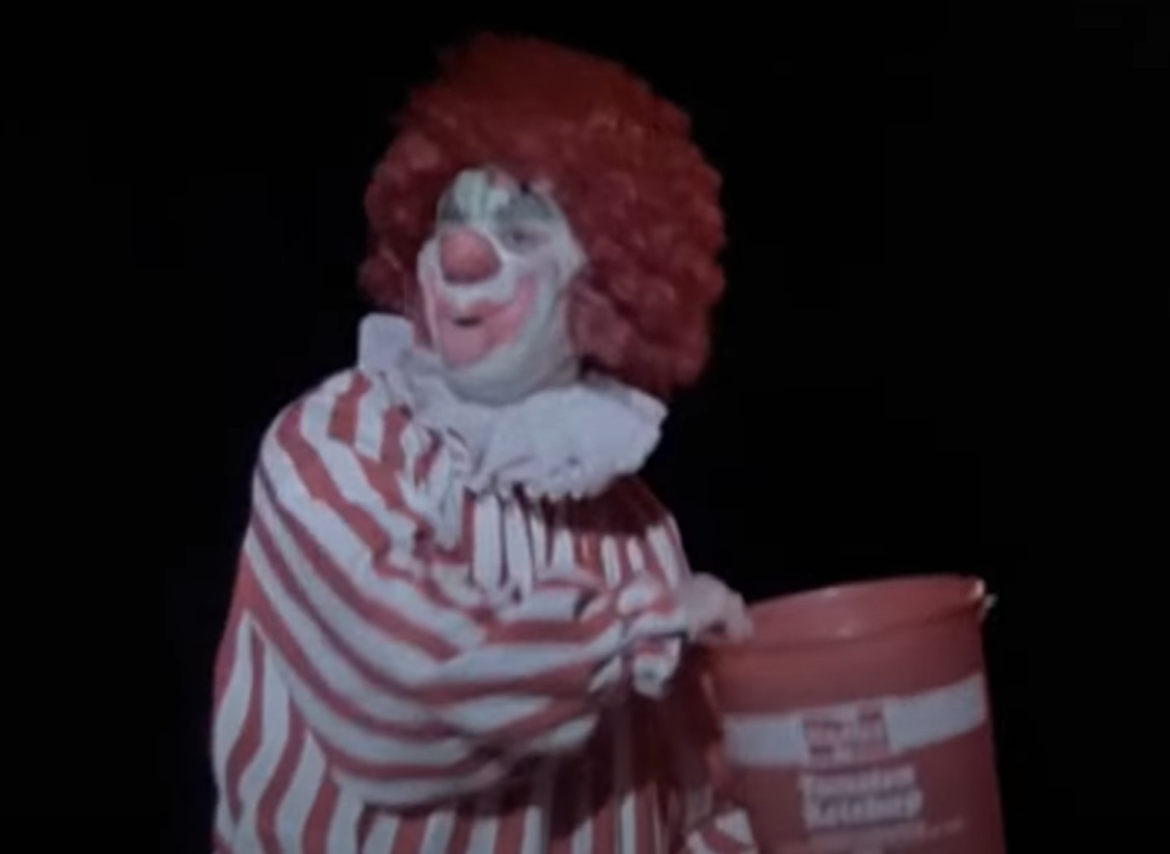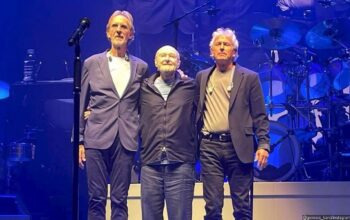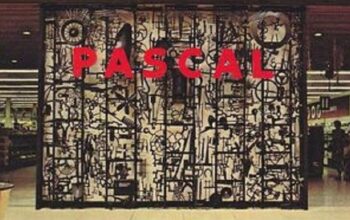Supertramp – Fool’s Overture (1977)
Shortly after he departed in 1983, Roger Hodgson said of the band he co-founded that Supertramp was “never more than the sum of its parts”.
It was double-barrel shade. First, some smack for Rick Davies: to any follower, it was obvious that Rick’s songs were very much his, and Roger’s indeed Roger’s. Each wrote in a silo with very little collaboration between them, and neither ever sang the other’s compositions other than to add harmonies. Second, Roger’s separation of the singer-songwriter roles seemed to discount utterly the contributions of bassist Dougie Thompson, drummer Bob Siebenberg and super-utilityman John Helliwell. Not that they couldn’t have been just anyone (though they probably could have been), only that it was a fairly unlovely thing to say.
The irony is that Hodgson’s own Magnum Opus, Fool’s Overture, from the reflective Even in the Quietest Moments, can probably be described in those very same terms. By his own account, the song was a quilt of three separate songs/song-parts aggregated into one 11-minute-long tour de force that climaxed not only the album, but all of their live shows for the next five years.
Lyrically, the song is a paean to Winston Churchill‘s stewardship of Britain’s unlikely triumph in WWII. The transition following the song’s ethereal introduction indeed includes recorded snippets of The Bulldog himself in his famous “fight on the seas and earth” address to the House of Commons. In later years, Hodgson downplayed that angle and said that the second verse was actually about Jesus
Called the man a fool,
Stripped him of his pride
Everyone was laughing
Up until the day he died
which of course can be said of Churchill as well, certainly by most contemporary accounts. No matter. The subject was large either way, and the musical treatment was suitable.
The musical sections are formidable. The lonely intro melts into a chaotic collage of crowd noises, trumpets, parliamentary sound bytes and Big Ben Bing Bongs, and from this a pulsing bass starts an ostinato that builds momentum toward one of the most iconic themes in the entire prog rock lexicon (3:19).
This hook is special. Played by a polyphonic synthesizer (still a novelty in 1977) with a timbre somewhere between strings and brass, it bears an unmistakably militaristic standard, unfettered by any counterpoint, rock-world guitar instrumentation or dense textures of drums and bass. This theme is the hero. So electrifying was this motif that CTV Network used it as the opening theme of its flagship news program W5 for nearly two decades.
Gluing song-parts together often works, in fact, many great songs were crafted this way (Bohemian Rhapsody, to wit). This will happen when multiple composers collaborate on one another’s ideas, often seeing some meaning or purpose in somebody else’s contributions that one didn’t realize and the other couldn’t create.
But when a single songwriter plays Lego-blocks with their own underdeveloped great ideas, what usually results is a disjointed construct of, well, underdeveloped ideas. The piano intro to Fool’s Overture was a great musical idea. The synthesizer hook was a landmark musical idea. The verses that follow, cadencing in the anthemic “I know, I know, I know…” was a spine-tingling musical idea. But none goes through any musical development over the course of the song, and none relates to anything adjacent to it in any meaningful way.
Hodgson makes one attempt to hang it all together after the ‘musical explosion’ section that ends the verses (8:05). The whistling winds and strains of Jerusalem, perhaps a depiction (no, not word-tone, that’s different, remember?) of unvarnished war scenes like the Blitz, provide the new backdrop for our resurging ostinato bass that leads to the Great Hook from earlier. This is promising.
But then Sir Roger loses his mind. That hair-raising theme indeed does return, but this time with Hodgson’s otherwise lovely alto spraypainting all over it in perfect unison with one of the silliest, most nonsensical stanzas of text ever paired with a musical composition (9:08):
Can you hear what I’m saying?
Can you see the parts that I’m playing?
“Holy Man, Rocker Man, Come on Queenie,
Joker Man, Spider Man, Blue Eyed Meanie”
So you found your solution,
What will be your last contribution?
“Live it up, rip it up, why so lazy?
Give it out, dish it out, let’s go crazy, Yeah!”
Ho. Lee. Shit. And if that weren’t tragic enough (and it was), in Supertramp’s live performances of the song, a gaggle of ridiculous mascots – Superman, Charlie Chaplin, clowns, a dude in a banana costume, ffs – swarm the stage at this point and start dancing and running around to this epic lapse in creative judgement. Whole audience segments would suffer acute second-hand embarrassment.
There are perils to working in isolation in any line of work. Not only the collective itself, but all the elements that make it up are often no more than the sum of their parts. Musicians form bands because two-plus-two equals five. At more granular levels, composers can usually create coherent works, but sometimes they don’t. Sometimes, when they lack a collaborator of sober second thought, they end up with a patchwork of great ideas that either falls flat, or gets ruined with silly ones.
The first nine minutes of this song were dignified and inspiring, thanks in large part to a musical theme for the ages that stood apart and on its own. You wonder if Rick Davies would have sent in the clowns.



